Quilting and Medieval Times – One thing that many people may not know about quilting is that it has a long and rich history, with evidence of quilted fabrics dating back over 5,000 years. #quilting #medieval #medievaltimes
Quilting and Medieval Times
Additionally, quilting was not always seen as a domestic craft for women, but was often a skill practiced by men in medieval times.
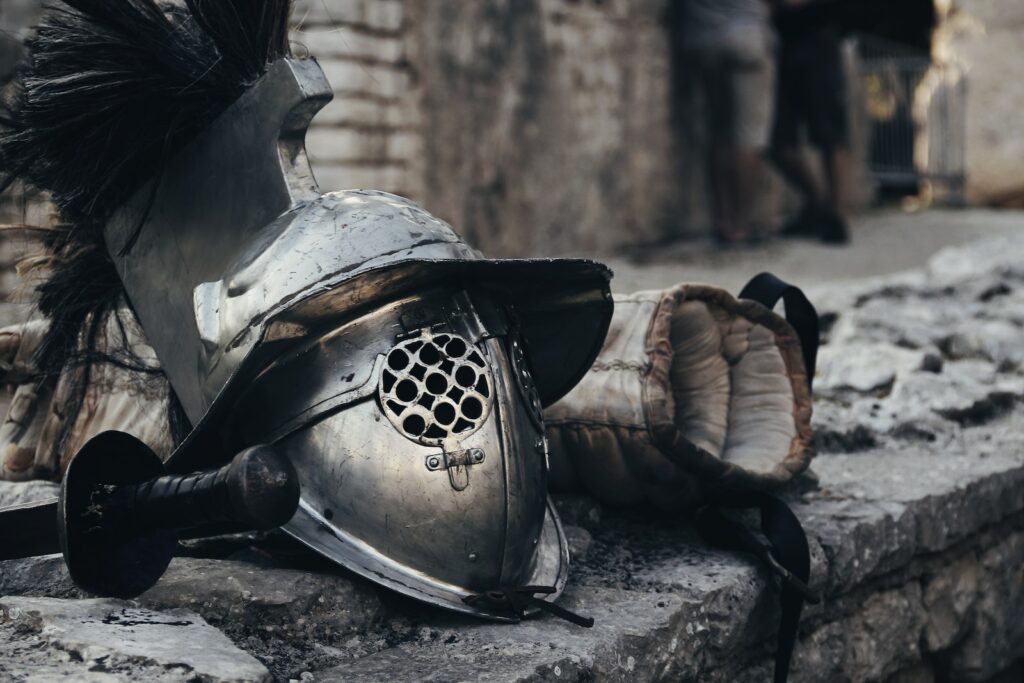
Another interesting fact about quilting is that it can be a very mathematical and precise craft, as quilters often use complex patterns and calculations to create their designs. This has led to quilting being used as a tool for teaching geometry and other math skills in some educational settings.
Quilting has a long history that can be traced back to medieval times, where it was mainly used for clothing and bed coverings. The quilts of medieval times were often made from linen or wool, and the quilted layers were used to create warmth and insulation.
Quilting was a skill that was practiced by both men and women in medieval times, with guilds and professional associations dedicated to the craft. In fact, quilting was seen as a highly skilled profession that required significant training and expertise.
The designs of medieval quilts were often simple, consisting of basic geometric shapes such as squares or triangles. However, some quilts featured intricate designs and patterns that required significant skill and patience to create. These quilts were often created for the nobility and were seen as a sign of wealth and status.
In addition to bed coverings, quilts were also used for other purposes, such as wall hangings and table coverings. Some medieval quilts were also used as ceremonial garments, with elaborate designs and embellishments added for religious or other important occasions.
The Bayeux Tapestry
One notable example of a medieval quilt is the “Bayeux Tapestry.”
The Bayeux Tapestry is a medieval embroidery that depicts the events leading up to the Norman conquest of England in 1066, including the Battle of Hastings.
The tapestry is over 70 meters long and is made of linen cloth embroidered with woolen yarns in various colors. It is considered a masterpiece of Romanesque art and is a valuable historical artifact that offers insights into the military, social, and cultural history of medieval Europe.
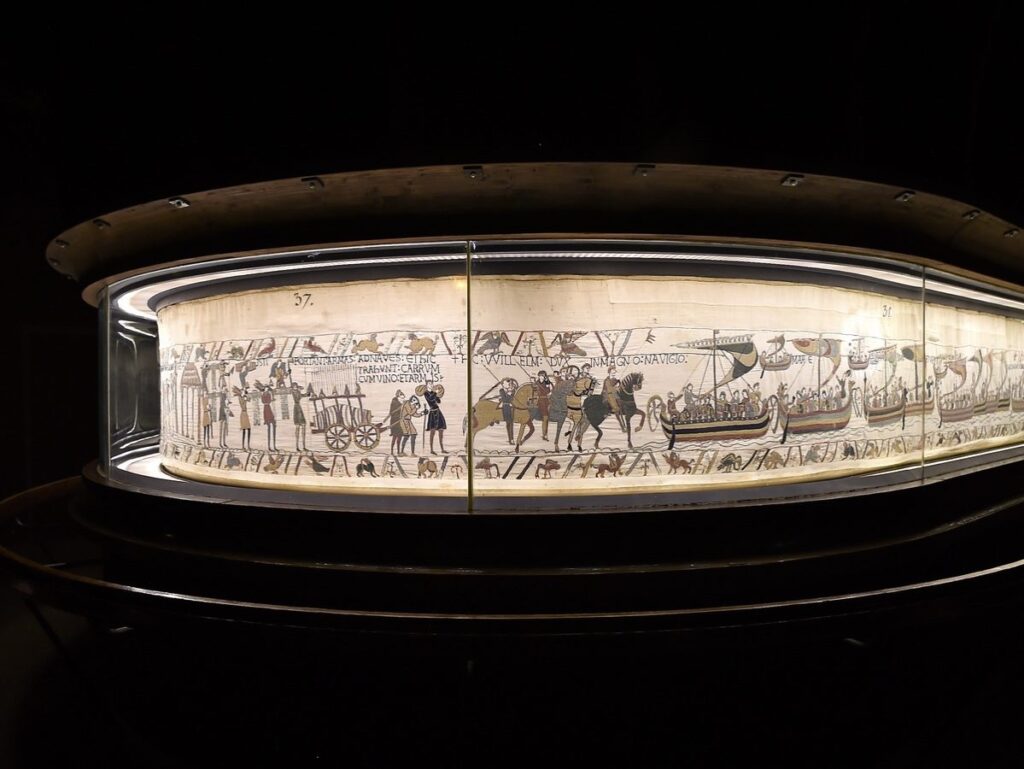
The Bayeux Tapestry is on permanent display at the Centre Guillaume le Conquérant in Bayeux, Normandy, France. It is a popular tourist attraction and is considered one of the most important surviving examples of medieval art.
Upcoming Events
This is a list of the upcoming events that Steve Sews will be at. If you know of one in the East Tennessee area, let me know.
None at this time. Check back later.
Meet …
Meet the staff and/or equipment for Steve Sews.
- Brother Stitch (Current Sewing Machine)
- Forge (Circuit)
- Interns
- Lovees (Stuffed Animals)
- Mendi (My Wife’s Sewing Machine)
- Rosie (Antique Sewing Machine)
- Steve (Steve himself)
- The Masked Bandit (Steve’s older Sewing Machine)
- Trainees
- Van the T-Rex (Helper)
- Zee (Face Mask Model)

SUBSCRIBE TODAY!
Don’t miss a single blog post about sewing, quilting, crafts, and recipes! Plus so much more!

Follow on WordPress
Follow Steve Sews Stuff on WordPress.comFollow Steve Sews Stuff on Social Media:
You can also choose to follow Steve Sews Stuff on social media as well. (@SteveSews2)
Below are some examples of blog entries from all blogs that I do. (Courageous Christian Father, Steve Sews Stuff and SteveZ DesignZ).
Recent Feed of All of Steve’s Blogs
Recent Posts on Steve Sews
Below is a list of the most recent blog posts found on Steve Sews for you to check out.
Clipart: Unsplash, Pixabay, Pexels, Openverse, Adobe Express, Adobe Stock, FreePik, MetroCreative, Wonder AI, Algo AI and more. This site uses Amazon Affiliate Ads & Google Ads.



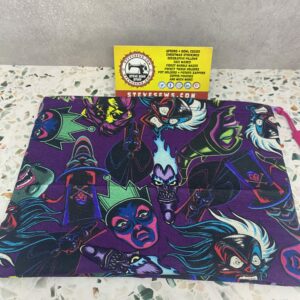

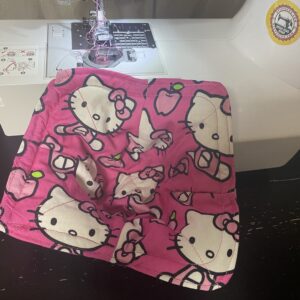
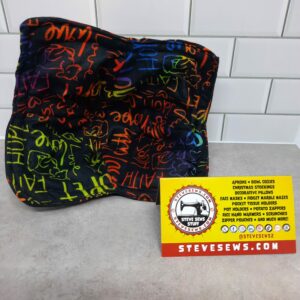


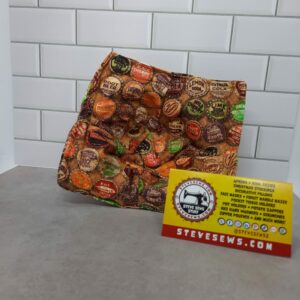

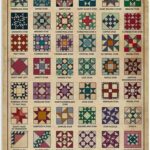




Love this post. Learned a lot
I know it was very interesting